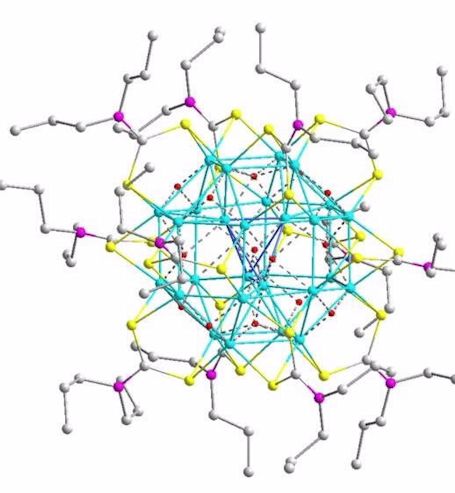
Hydrogen storage is one of the biggest issues facing the rollout of fuel cell vehicles. And scientists in Australia and Taiwan may have found the answer in a new molecule named 28copper15hydride.
According to Ansto, “Scientists say that the newly-discovered ‘28copper15hydride’ puts us on a path to better understanding hydrogen, and potentially even how to get it in and out of a fuel system, and is stored in a manner which is stable and safe – overcoming Hindenburg-type risks.
“’28copper15hydride’ is certainly not a name that would be developed by a marketing guru, but while it would send many running for an encyclopaedia (or let’s face it, Wikipedia), it has some of the world’s most accomplished chemists intrigued …
“…The discovery puts us one step further along a path to developing distribution infrastructure – one of four obstacles to hydrogen fuel-cell technology as a viable power source for low-carbon motor vehicles, as cited by Professor Steven Chu, Nobel Laureate and former Secretary of Energy in the United States.”
The new molecule (pictured at top) combines copper with a borohydride (hydrogen + boron) with double the hydrogen atoms as was expected before the experiment began. The new molecule is in a solid state which will make it much easier to transport and distribute than highly pressurized hydrogen gas.